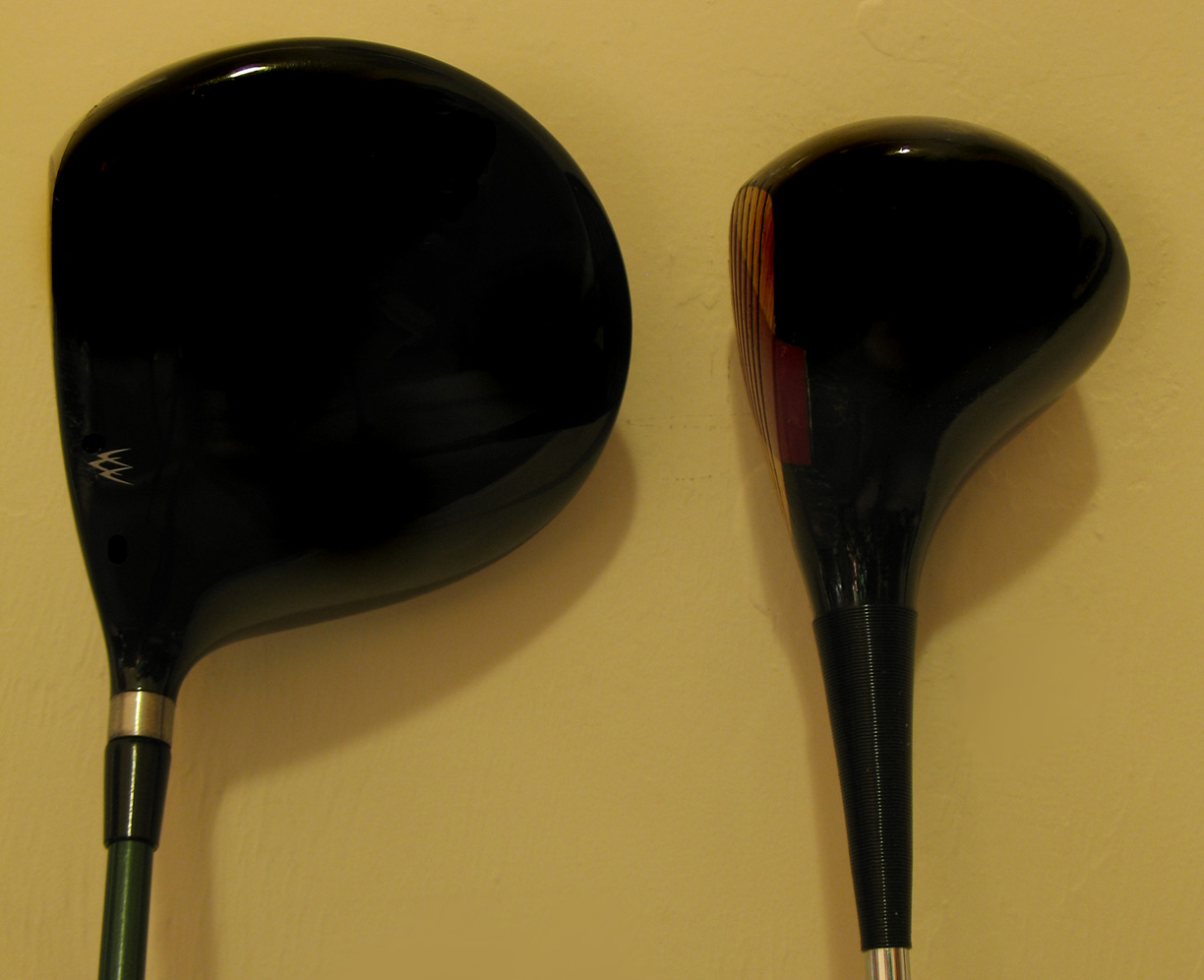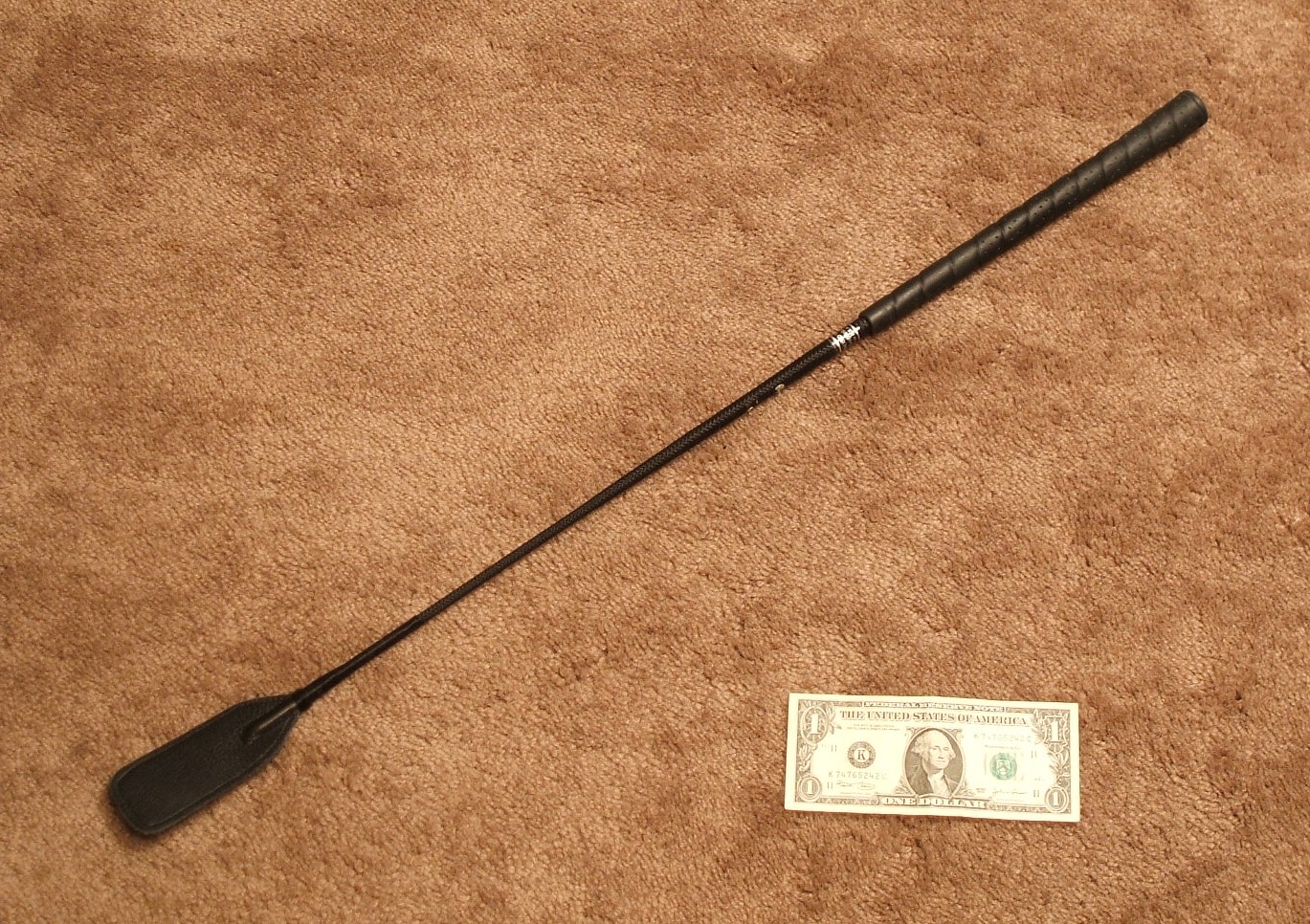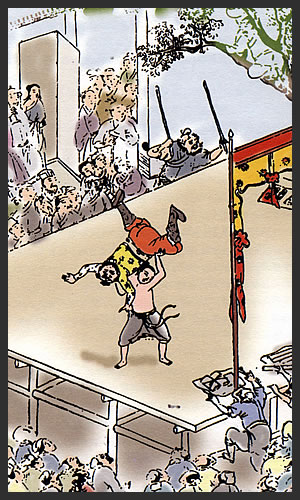|
Meia Lua De Compasso
''Rabo de arraia'' (stingray tail) or ''meia-lua de compasso'' (compass crescent) is a distinct technique found in the martial arts of engolo and capoeira, that combines an evasive maneuver with a reverse kick. It is considered one of the most powerful and efficient capoeira kicks and one of its most iconic movements, along with the ''rasteira''. It is even considered that a capoeirista's general skill level can be determined on how hard and fast they are able to execute a meia-lua de compasso. The kick is done with the heel. It is extensively used in the "jogo de dentro, low game." Names In literature, this kick is called both ''meia lua de compasso'' and ''rabo de arraia''. ''Rabo de arraia'' (stingray tail) is a parent term used in capoeira for inverted kicks over the head, including ''meia lua de compasso'' and Scorpion kick (martial arts), scorpion. In engolo, the class of spinning kicks with hands on ground is called ''okuminunina'' or ''okusanene komima'' in Bantu ... [...More Info...] [...Related Items...] OR: [Wikipedia] [Google] [Baidu] |
Kick
A kick is a physical strike using the leg, in unison usually with an area of the knee or lower using the foot, heel, tibia (shin), ball of the foot, blade of the foot, toes or knee (the latter is also known as a knee strike). This type of attack is used frequently by hooved animals as well as humans in the context of stand-up fighting. Kicks play a significant role in many forms of martial arts, such as capoeira, kalaripayattu, karate, kickboxing, kung fu, MMA, Muay thai, pankration, pradal serey, savate, sikaran, silat, taekwondo, vovinam, and Yaw-Yan. Kicks are a universal act of aggression among humans. Kicking is also prominent from its use in many sports, especially those called football. The best known of these sports is association football, also known as soccer. History The English verb to kick appears only in the late 14th century, apparently as a loan from Old Norse, originally in the sense of a hooved animal delivering strikes with his hind legs. Kicks ... [...More Info...] [...Related Items...] OR: [Wikipedia] [Google] [Baidu] |
Capoeira Carioca
Capoeira carioca was a street fighting version of capoeira that existed in Rio de Janeiro during the 19th century. In capoeira carioca, all available means were used, including various types of weapons, such as Knife, knives, straight razors, Club (weapon), clubs and machetes. Capoeira from this period is also known as capoeiragem. Rio de Janeiro was the epicentre of capoeira in the 19th century. In the early 19th century, it transmitted primarily among black slaves born in Portuguese Angola. Africans were massively present in the Rio, performing their games, celebrations, festivals. They formed their capoeira ''maltas'', slaves "''fraternal paramilitary organizations''" that defended the neighborhoods. As of the mid-19th century, capoeira was increasingly detached from its music and dancing and was essentially a criminal activity. After the Paraguayan War (1865-1870), the capoeiras became involved in politics. By the late 19th century, capoeirista demographics in Rio had changed ... [...More Info...] [...Related Items...] OR: [Wikipedia] [Google] [Baidu] |
Front Walkover
A front walkover is an acrobatic movement sequence. It begins with the performer standing up straight with arms raised and positioned near to the ears. The performer then lunges forward and quickly raises one leg, with the other leg following as if transitioning to a handstand. The legs are held straight in a split as they travel overhead. The back is then arched until the leading foot touches the floor, such that the performer is briefly in a back bridge position. After the trailing foot reaches the floor, the performer returns to a standing position. In gymnastics, a front walkover typically ends with one foot extended in front and arms raised. Front walkovers are performed in various activities, including acro dance, circus, and gymnastics. See also * Back walkover *Front aerial A front aerial is an acrobatic move in which a person executes a complete forward revolution of the body without touching the floor. Front aerials are performed in various physical activities, incl ... [...More Info...] [...Related Items...] OR: [Wikipedia] [Google] [Baidu] |
Queda De Rins
Capoeira has always been an eclectic martial art with a variety of different techniques that make use of the hands, feet, legs, arms, elbows, knees, and head. Some techniques are used for moving along the ground while others are used for evading attacks and it is not uncommon to see a combination of the two. There are hard attacks that include headbutts, slaps, punches, elbows, kicks and knees as well as softer attacks such as takedowns or sweeps; however, the main emphasis is normally placed on the interaction between kicks and evasions. The most confusing group of techniques for many outside the capoeira circle are florieos which often results in capoeira being mistaken for breakdancing or acrobatics. A huge synergy of West African martial arts, cultures, and traditions such as Hausa Dambe, kulunga fighting, Ashanti Akrafena, and Nuba wrestling have all had an influence on capoeira techniques. These combined with the colorful acrobatic performances during the festivals all cam ... [...More Info...] [...Related Items...] OR: [Wikipedia] [Google] [Baidu] |
Meia Lua De Rins
''Nesomyrmex'' is a genus of ants in the subfamily Myrmicinae. The genus is distributed in the Neotropical, Afrotropical and Malagasy regions. Most species live in arid climates, but some are known from the rainforest. They nest in soil or in trees. Little is known about their biology. Species *''Nesomyrmex anduzei'' (Weber, 1943) *''Nesomyrmex angulatus'' (Mayr, 1862) *''Nesomyrmex antoinetteae'' Mbanyana & Robertson, 2008 *''Nesomyrmex antoniensis'' (Forel, 1912) *''Nesomyrmex argentinus'' (Santschi, 1922) *''Nesomyrmex asper'' (Mayr, 1887) *''Nesomyrmex bidentatus'' Csösz & Fisher, 2016 *''Nesomyrmex brasiliensis'' (Kempf, 1958) *'' Nesomyrmex braunsi'' (Forel, 1912) *''Nesomyrmex brevicornis'' Csösz & Fisher, 2016 *''Nesomyrmex brimodus'' (Bolton, 1995) *''Nesomyrmex brunneus'' Csösz & Fisher, 2016 *''Nesomyrmex capricornis'' Csösz & Fisher, 2015 *†''Nesomyrmex caritatis'' (De Andrade, Baroni Urbani, Brandão & Wagensberg, 1999) *''Nesomyrmex cataulacoides'' (Snelling, ... [...More Info...] [...Related Items...] OR: [Wikipedia] [Google] [Baidu] |
Golf Club
A golf club is a club used to hit a golf ball in a game of golf. Each club is composed of a shaft with a grip and a club head. Woods are mainly used for long-distance fairway or tee shots; irons, the most versatile class, are used for a variety of shots; hybrids that combine design elements of woods and irons are becoming increasingly popular; putters are used mainly on the green to roll the ball into the hole. A set of clubs is limited by the rules of golf to a maximum of 14 golf clubs, and while there are traditional combinations sold at retail as matched sets, players are free to use any combination of legal clubs. The most significant difference between clubs of the same type is ''loft'', or the angle between the club's face and the vertical plane. It is loft that is the primary determinant of the ascending trajectory of the golf ball, with the tangential angle of the club head's swing arc at impact being a secondary and relatively minor consideration (though these small ... [...More Info...] [...Related Items...] OR: [Wikipedia] [Google] [Baidu] |
Centripetal Force
A centripetal force (from Latin ''centrum'', "center" and ''petere'', "to seek") is a force that makes a body follow a curved path. Its direction is always orthogonal to the motion of the body and towards the fixed point of the instantaneous center of curvature of the path. Isaac Newton described it as "a force by which bodies are drawn or impelled, or in any way tend, towards a point as to a centre". In Newtonian mechanics, gravity provides the centripetal force causing astronomical orbits. One common example involving centripetal force is the case in which a body moves with uniform speed along a circular path. The centripetal force is directed at right angles to the motion and also along the radius towards the centre of the circular path. The mathematical description was derived in 1659 by the Dutch physicist Christiaan Huygens. Formula The magnitude of the centripetal force on an object of mass ''m'' moving at tangential speed ''v'' along a path with radius of curvatu ... [...More Info...] [...Related Items...] OR: [Wikipedia] [Google] [Baidu] |
Whip
A whip is a tool or weapon designed to strike humans or other animals to exert control through pain compliance or fear of pain. They can also be used without inflicting pain, for audiovisual cues, such as in equestrianism. They are generally either a firm stick designed for direct contact, or a flexible line requiring a specialized swing. The former is easier and more precise, the latter offers longer reach and greater force. A hunting whip combines a firm stick (the stock or handle) with a flexible line (the lash or thong). Whips such as the " cat o' nine tails" and knout are specifically developed for flagellation as a means of inflicting corporal punishment or torture on human targets. Certain religious practices and BDSM activities involve the self-use of whips or the use of whips between consenting partners. Misuse on non-humans may be considered animal cruelty, and misuse on humans may be viewed as assault. Use Whips are generally used on animals to provide directi ... [...More Info...] [...Related Items...] OR: [Wikipedia] [Google] [Baidu] |
Momentum
In Newtonian mechanics, momentum (more specifically linear momentum or translational momentum) is the product of the mass and velocity of an object. It is a vector quantity, possessing a magnitude and a direction. If is an object's mass and is its velocity (also a vector quantity), then the object's momentum is : \mathbf = m \mathbf. In the International System of Units (SI), the unit of measurement of momentum is the kilogram metre per second (kg⋅m/s), which is equivalent to the newton-second. Newton's second law of motion states that the rate of change of a body's momentum is equal to the net force acting on it. Momentum depends on the frame of reference, but in any inertial frame it is a ''conserved'' quantity, meaning that if a closed system is not affected by external forces, its total linear momentum does not change. Momentum is also conserved in special relativity (with a modified formula) and, in a modified form, in electrodynamics, quantum mechanics ... [...More Info...] [...Related Items...] OR: [Wikipedia] [Google] [Baidu] |
Ginga (capoeira)
Capoeira has always been an eclectic martial art with a variety of different techniques that make use of the hands, feet, legs, arms, elbows, knees, and head. Some techniques are used for moving along the ground while others are used for evading attacks and it is not uncommon to see a combination of the two. There are hard attacks that include headbutts, slaps, punches, elbows, kicks and knees as well as softer attacks such as takedowns or sweeps; however, the main emphasis is normally placed on the interaction between kicks and evasions. The most confusing group of techniques for many outside the capoeira circle are florieos which often results in capoeira being mistaken for breakdancing or acrobatics. A huge synergy of West African martial arts, cultures, and traditions such as Hausa Dambe, kulunga fighting, Ashanti Akrafena, and Nuba wrestling have all had an influence on capoeira techniques. These combined with the colorful acrobatic performances during the festivals all cam ... [...More Info...] [...Related Items...] OR: [Wikipedia] [Google] [Baidu] |
Ideal Capoeira Workshop 2019
Ideal may refer to: Philosophy * Ideal (ethics), values that one actively pursues as goals * Platonic ideal, a philosophical idea of trueness of form, associated with Plato Mathematics * Ideal (ring theory), special subsets of a ring considered in abstract algebra * Ideal, special subsets of a semigroup * Ideal (order theory), special kind of lower sets of an order * Ideal (set theory), a collection of sets regarded as "small" or "negligible" * Ideal (Lie algebra), a particular subset in a Lie algebra * Ideal point, a boundary point in hyperbolic geometry * Ideal triangle, a triangle in hyperbolic geometry whose vertices are ideal points Science * Ideal chain, in science, the simplest model describing a polymer * Ideal gas law, in physics, governing the pressure of an ideal gas * Ideal transformer, an electrical transformer having zero resistance and perfect magnetic threading * Ideal final result, in TRIZ methodology, the best possible solution * Thought experiment, sometimes ... [...More Info...] [...Related Items...] OR: [Wikipedia] [Google] [Baidu] |
Mixed Martial Arts
Mixed martial arts (MMA), sometimes referred to as cage fighting, no holds barred (NHB), and ultimate fighting, and originally referred to as Vale Tudo is a full-contact combat sport based on strike (attack), striking, grappling and ground fighting, incorporating techniques from various combat sports from around the world. The first documented use of the term ''mixed martial arts'' was in a review of UFC 1 by television critic Howard Rosenberg in 1993. The question of who actually coined the term is subject to debate. During the early 20th century, various interstylistic contests took place throughout Japan and in the countries of the Four Asian Tigers. In Brazil, there was the sport of Vale Tudo, in which The Gracie family was known to promote Vale Tudo matches as a way to promote their own Brazilian jiu-jitsu style. A precursor to modern MMA was the 1976 Muhammad Ali vs. Antonio Inoki, Ali vs. Inoki exhibition bout (which ended in a draw after 15 rounds), fought between bo ... [...More Info...] [...Related Items...] OR: [Wikipedia] [Google] [Baidu] |






